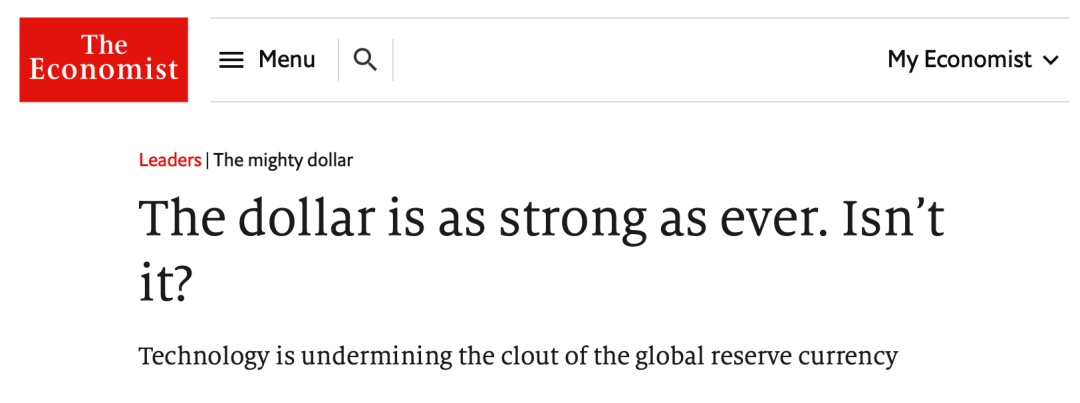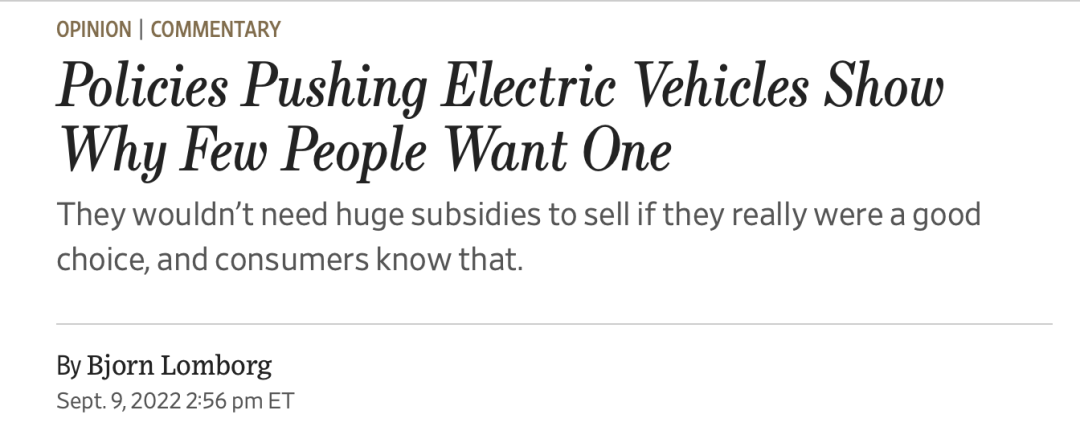出自最近的 阅读,几个新鲜的例子,虽然原则上和之前分享的结构推荐是一样的。毕竟说理性的文字最重要的是清楚,所以下面的推荐的结构依然是“朴实”的特点。
#结构1: 首段和后面段落之间的总分关系

Economists ought to read more science fiction. ... [第一段给出观点] One reason economists should read more science fiction is that sci-fi opens the mind to other ways the world could be.... Another reason economists should read more science fiction is that imagining the future is what all of us do daily in less fanciful analyses of possible costs and benefits. ... [中间段落就观点分两点展开]
这几个句子的句式结构都是一样的,就是第一段的ought to 后面用了should,别的都是一致的,所以强调一个小建议:类似的内容用一样的结构展开就好,不用“变”太多。
#结构2: 段落之间的总分结构 这个结构是Economist 用的比较多的。
前段结尾的时候总起观点,后面的段落分别展开

The endurance of this global dollar-based system, in spite of the resentments it arouses, is testament to America’s staying power..... Nonetheless, even as the greenback soars, two technological developments bear close attention. First, new state-run digital currency and payments systems are, at last, gaining traction. ... Second, if you look beyond the scams and bubbles in cryptocurrencies, decentralised finance technologies continue to improve. ...
#结构3:段落内部“让步+观点”的结构

.... Proponents argue that though they’re more expensive to purchase, electric cars are cheaper to drive. But a new report from a U.S. Energy Department laboratory found that even in 2025 the agency’s default electric car’s total lifetime cost will be 9% higher than a gasoline car’s, and the study relied on the very generous assumption that electric cars are driven as much as regular ones. In reality, electric cars are driven less than half as much, which means they’re much costlier per mile. [先用 proponents 引入一个让步观点,然后用 But 转折引入自己的态度]













